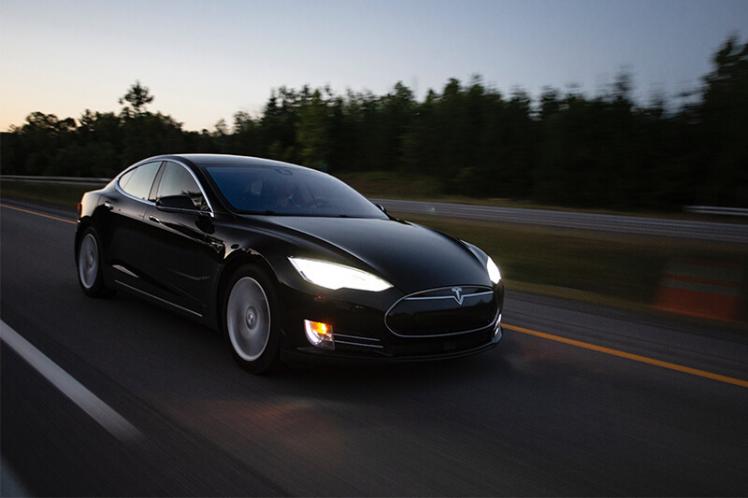Faster than Real-Time Customer Service

When Digital Becomes Human author Steven Van Belleghem outlines the evolution from reactive, to real time, to faster than real time customer service and provides three examples of companies moving towards it.
We will see more technological progress in the next 10 years than we have seen in the last 50. This continued impact on customer experience will be great, particularly as people increasingly demand faster, easier and more engaging interactions with companies and brands.
Over the last five years, there have been more and more examples of real-time customer service. If people face a problem, they expect an instant solution via an app, a self-service site or social media. In the future, people will expect faster than real-time customer service: solve a customer’s problem before the customer detects the problem. This could lead to customer contact centers with only outbound communication: solutions towards clients.
Some people feel that the concept of ‘faster than real-time customer service’ is unrealistic. However, in the near future there will be sensors just about everywhere– in our clothes, our coffee machines, our heating thermostats and even our toasters. It is estimated that by 2020 the sensor market will be worth 29 billion dollars. Gartner predicts that by this same year some 26 billion consumer products with integrated sensors will have been sold.
Just imagine the possibilities if every device has a sensor in it which is connected to the web! At that moment, companies can monitor the performance of their devices and solve problems before they occur.
Here are 3 examples of companies moving towards the faster than real-time possibilities:
Tesla: The car manufacturer calls its drivers a week before a problem will occur. The driver gets a proactive message and a faster than real-time solution. This saves drivers time, and it increases their safety and that of their passengers. Tesla is the example of a connected device. The car is a group of sensors that are connected. Because of this high tech approach, they can create a service level which is higher than in most traditional premium car brands.
Siemens: Siemens monitors all the healthcare devices they have sold to hospitals. Their dashboard gives them insights in the performance of each device, allowing them to fix a problem before it occurs. Certainly in this context it is really important to make sure that those medical devices don’t break down. Their dashboard is fed with input from connected sensors in the medical devices.
KLM Royal Dutch Airlines: KLM created a team called Sherlock that has to solve passengers’ problems before the passenger discovers them. If someone loses an iPad on board of a KLM plane, they want to return the iPad before the passenger misses it. KLM is also playing around with beacons in Schiphol airport. This allows them to communicate for instance gate changes proactively to passengers.
The more companies play around with the faster than real-time concept and how to employ the use of sensors, the higher the expectations of customers will be.




